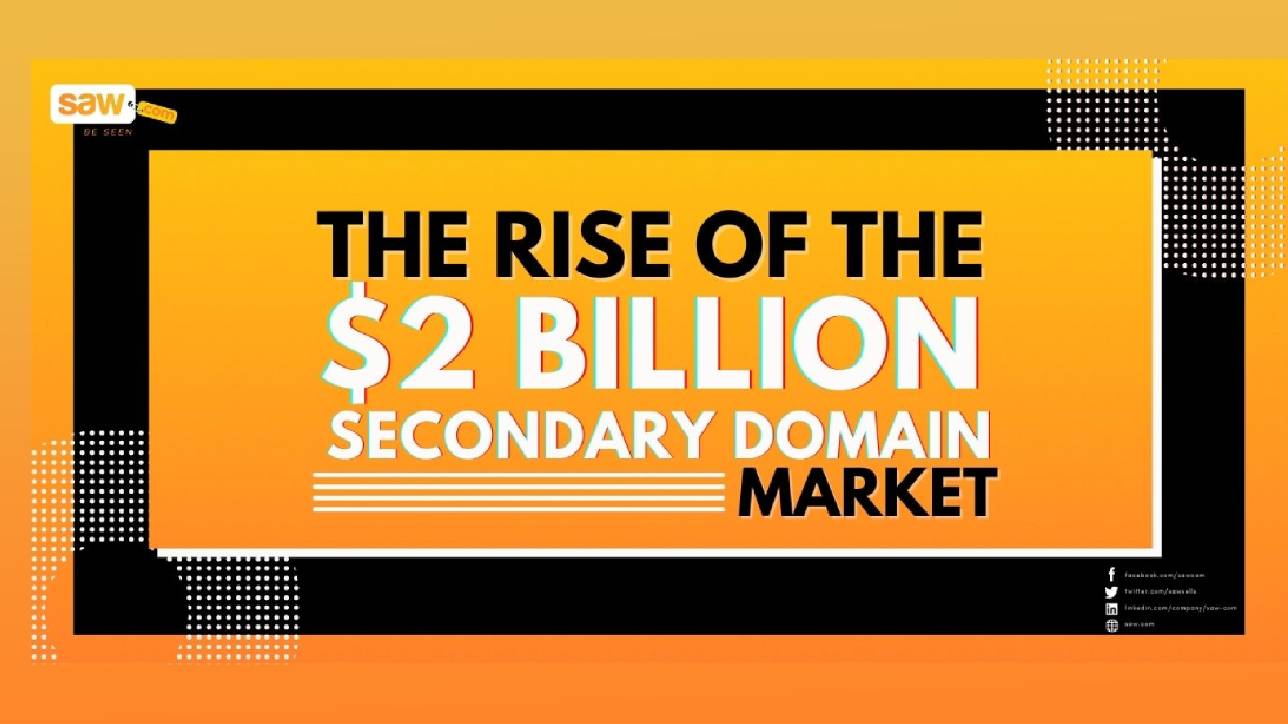With more business moving towards the digital space, and away from brick-and-mortar operations, domain names (particularly dot-coms) have never been more valuable. A Boston Consulting Group (BCG) report finds that “over half of online customers worldwide go to the websites of businesses to begin searching for products—either directly or guided by search engines.”
Due to this shift, more businesses are looking to buy a domain name. Names can be purchased through a registrar – this type of transaction occurs in the realm of the primary domain market. If, however, the name is already registered, the buyer must buy the name from the current registrant. This type of transaction is referred to as the secondary domain market.

